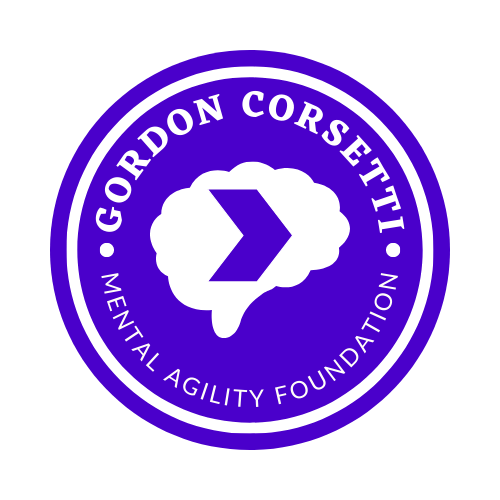The Weakness of Trigger Warnings
/This February, I will speak to the students at my old high school, Pace Academy. The DNA of my presentation consists of one strand of my personal history with depression and suicide; the other strand is methods of helping a friend in need. I will link these strands together with practical advice on how to deal with daily stressors, why they work, and why they will be of lasting use to them at any stage of their lives.
The Pace Academy Fine Arts Center
I may provoke, or trigger, an unpleasant feeling or memory just because of the taboo surrounding suicide and mental illness. When I say the word “suicide,” people visibly rear back and draw their arms closer to their belly. They are so afraid of the topic that their unconscious response is to create distance, and protect the most vulnerable area of their body.
Navigating a mentally ill mind without a map or a guide is nearly impossible. I survived, but many have not. I do not want any person to operate under the false assumption that they will be more likely to get through difficult times in their lives by remaining ignorant of the harsh terrain, and the pain that traversing it will entail.
I will upset my audience. Knowing this, I will not leave the stage without giving them effective methods on handling the troubling feelings that will arise. Otherwise, I become a provocateur. Interested only in triggering a response, and having no concern about the recoil. These young people deserve better from me. I will not shelter them from the horror of suicide. I refuse to put a smiling face over depression.
Warning: “a statement or event that indicates a possible or impending danger, problem, or other unpleasant situation.” A warning does not imply that the unpleasant situation must also be avoided.
I will present an enemy, explain how it attacks, and teach defenses. I will, as the old saying goes: “prepare the child for the road, not the road for the child.”
This is the complete opposite of a trigger warning, which assumes that all pain must be avoided. I do not expect this term to exist much longer because it does not scale. Since a person’s subjective interpretation of any topic can be different from any other person’s, the amount of warnings necessary to be sure everyone is properly cautioned becomes infinite.
If everything needs a warning, we should feel comfortable teaching the next generation to be wary of everything.
Why will I trigger my audience? Is that not discourteous, mean-spirited, and harmful? Yes, and if I was interested in hurting them for the sake of hurting them, I’d be a sadist. If my martial arts instructor sees my right hand dip, and snaps a jab at my nose, he is not being a bully. He’s trying to teach me the value of holding my hands in a good, defensive position. My instructor would get greater pleasure if I kept my hands up and blocked his jab. That means he can now coach me on how to defend more complex attacks. I apply the same principle in teaching better mental wellness.
The mind and body respond predictably to stressors. Reactions are triggered by certain stimuli. Should we teach that one should fear events that may trigger a bad reaction, or would we rather teach how to process a predictably bad reaction and remain calm?
FDR was right, “the only thing we have to fear is fear itself.”
Trigger warnings teach a person to fear fear.
I aim to disarm fear, by teaching better ways to react to it. That idea does scale, and is what Mental Agility is all about.





